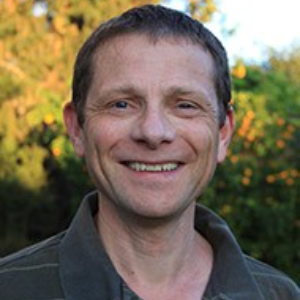Title : Estimation of canopy nitrogen content in citrus orchards using UAV and satellite multi-spectral imagery
Abstract:
Precise nitrogen (N) monitoring, considering spatiotemporal variations, is essential for optimal fertilization in orchards. Traditionally, N assessment relies on labour-intensive leaf chemical analysis. Our study integrates multi-spectral unmanned aerial vehicles (UAVs) and satellite data to estimate canopy N concentration (CNC) in citrus orchards, the ultimate goal being to improve nitrogen use efficiency (NUE) and reduce environmental pollution. The study was conducted in commercial citrus plots in Hefer-Valley, Israel, and included two phases. The first phase, from May 2019 to April 2022, involved four plots planted with a single citrus variety (Newhall oranges). In the second phase, 12 plots with five different citrus varieties (Or, Ora and Michal mandarins, Valencia oranges, and Marsh grapefruit) were added to the study. The study included six main steps: (1) collection of leaf samples for laboratory N content analysis, (2) acquisition and preprocessing of multispectral images acquired with a UAV equipped with a multi-spectral camera, (3) segmentation of individual trees and extraction of relevant features, (4) development of a random forest model for estimating CNC using UAV multispectral imagery, (5) collection of spectral data from Sentinel-2 satellites, and (6) creation of a fused multispectral UAV & Sentinel-2 model for estimating CNC. As part of this process, robust methods were formulated to accurately delineate individual trees and extract pertinent information at the tree scale. This segmentation process facilitated the extraction of features that were used in the CNC models. Additionally, by incorporating photogrammetry data, it was possible to estimate tree biomass, a critical step in upscaling N content from the leaf to the canopy level. The Random Forest (RF) model for CNC of Newhall cultivars, based on UAV Vegetation Index (VI), Sentinel-2 data, and structural data from SfM-photogrammetry, achieved a R2 of 0.80 and a Root Mean Square Error (RMSE) corresponding to 7.5% error. The multispecies model developed with UAV-derived VIs, Sentinel-derived VIs, and structural features, yielded a R2 of 0.77 and a RMSE corresponding to 11% error. Feature importance analysis highlighted that in both Newhall and multispecies models, UAV VIs were the most influential, followed by canopy height, while Sentinel-2 VIs played a relatively less significant role. Canopy-scale heatmaps of nitrogen content were generated to provide insights into its spatial distribution and temporal patterns, which could support the development of Site-Specific N Management (SSNM) guidelines.
Audience Take Away:
- Multi-spectral robust estimation of canopy nitrogen content in citrus orchards by multispecies model
- Potential of remote sensing for orchards nitrogen management
- Potential of combining multi-spectral imagery from UAVs and satellites



